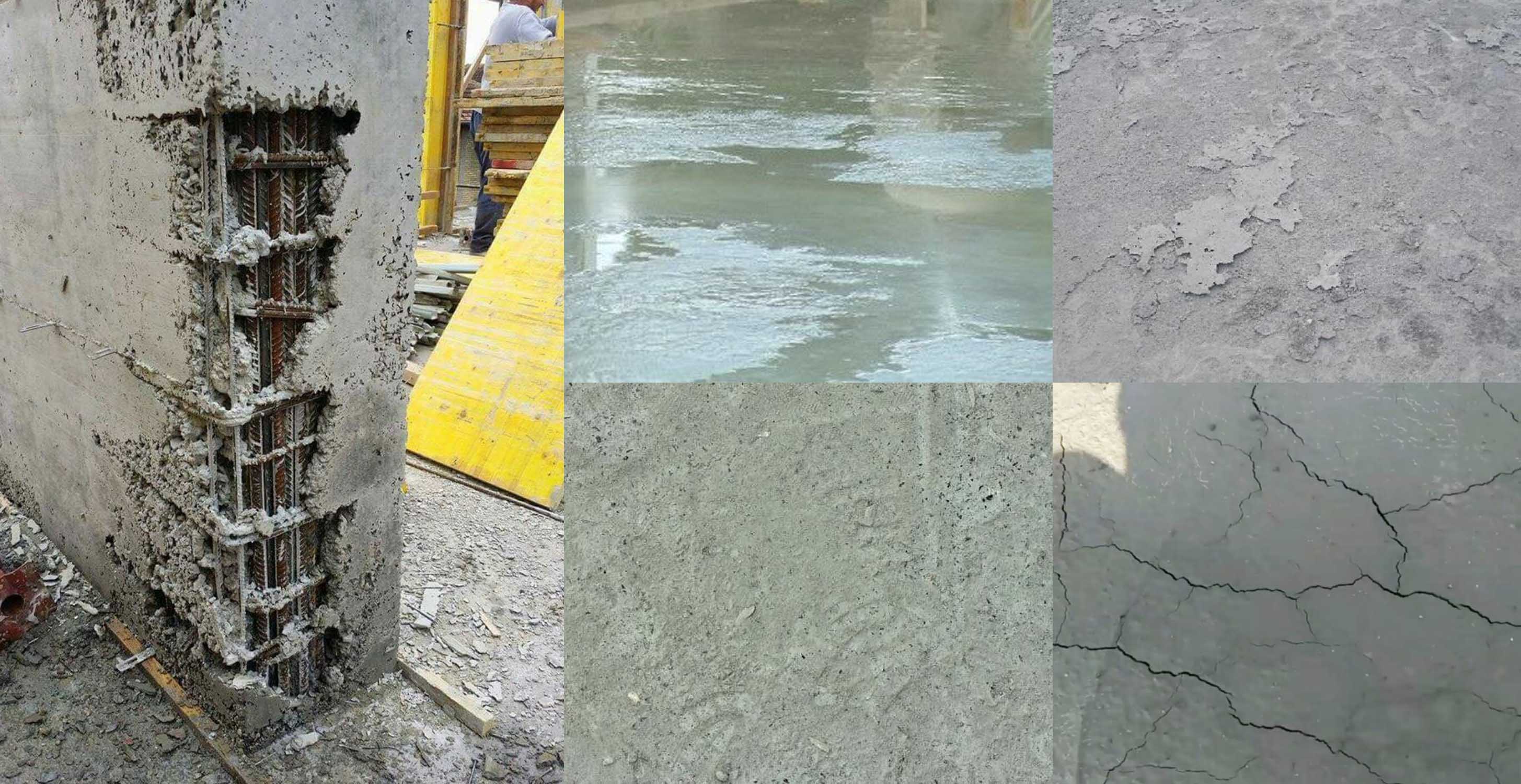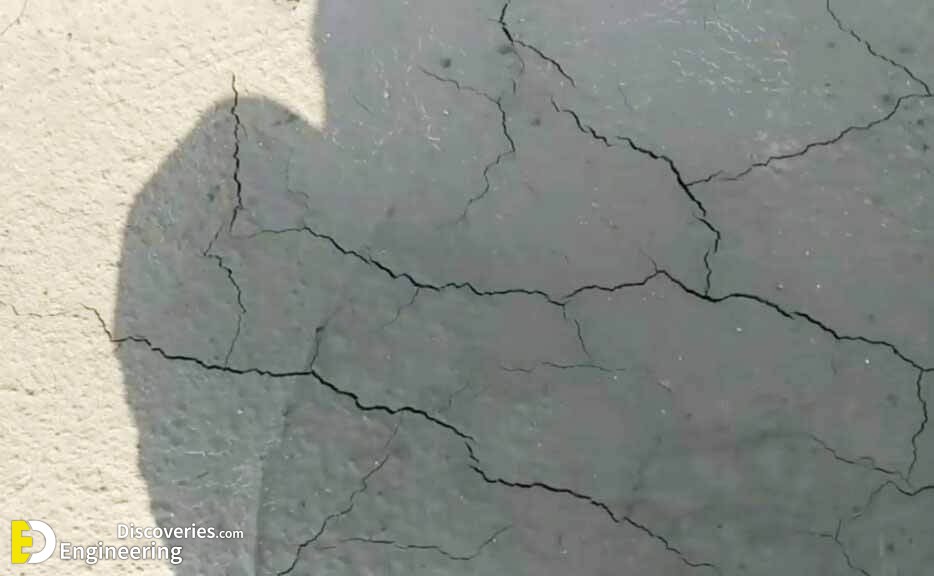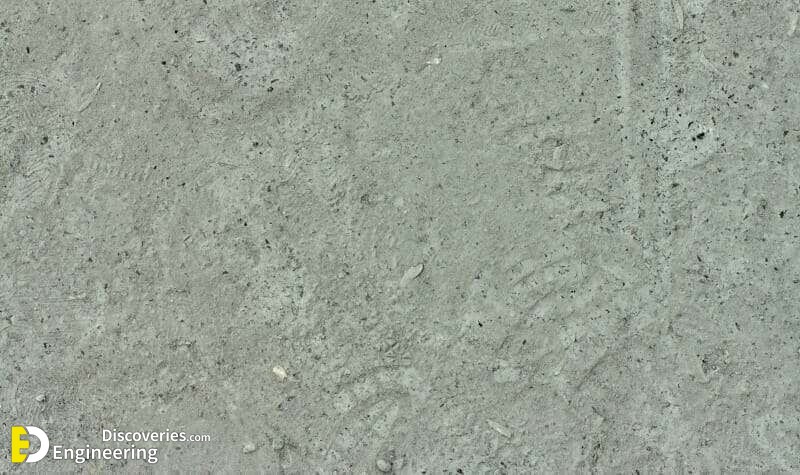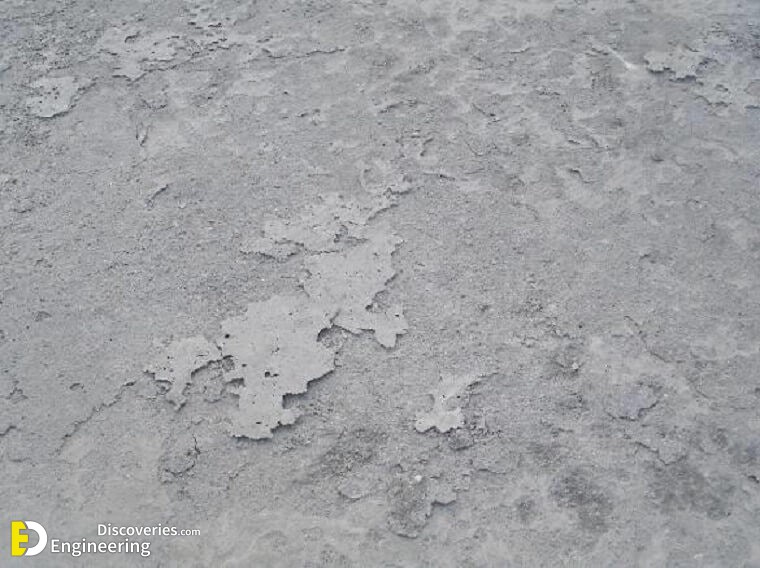For producing high-quality concrete you should take control of problems which are commonly occurred during concreting. These problems mainly happen for improper mixing, placing and handling. Some problems also happen due to the weather effect and other reasons. These problems have a major impact on the strength and duration of concrete First you should know about the common problems of concrete.
The common problems are:
1- Segregation
2- Bleeding
3- Shrinkage cracking
4- Dusting
5- Laitance
6- Scaling, etc.
1- Properly following concrete mix-design
2- Mixing concrete ingredients properly
3- Maintaining the water-cement ratio
4- Not dropping concrete from too high during placing
5- Avoid over vibrating of concrete
1- Keep the water-cement ratio under a reasonable level
2- Use dust-free aggregates
3- Ensure proper hydration of concrete
4- Avoid concrete finishing work with bleed water. etc
1- Remove the clay, dust, silt and other organic materials from concrete aggregate before mixing.
2- Don’t apply water on fresh concrete during finishing work.
3- Maintain proper water-cement ratio.
4- Using well-graded fine aggregates.
5- Using water reducing admixture with concrete mix.






